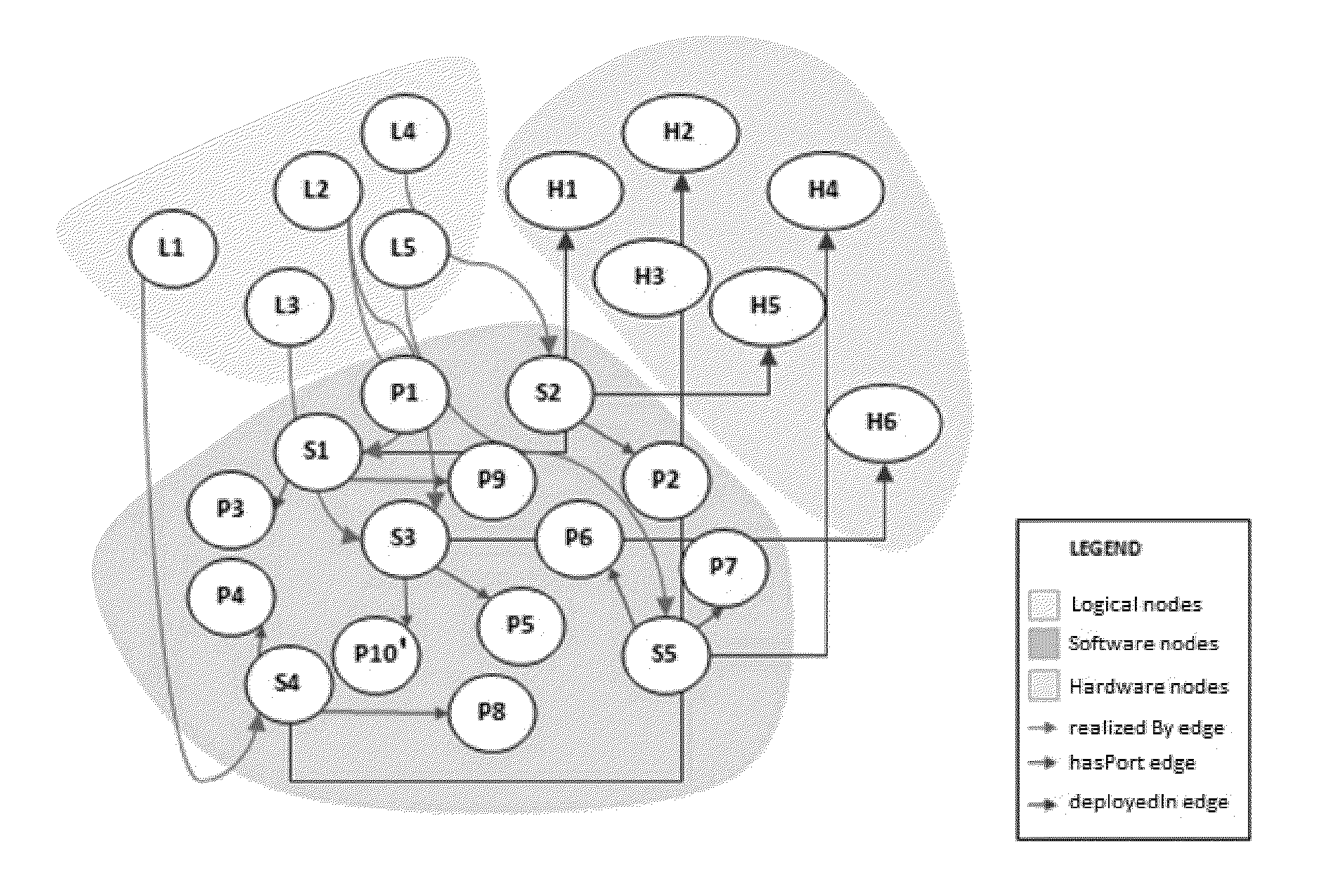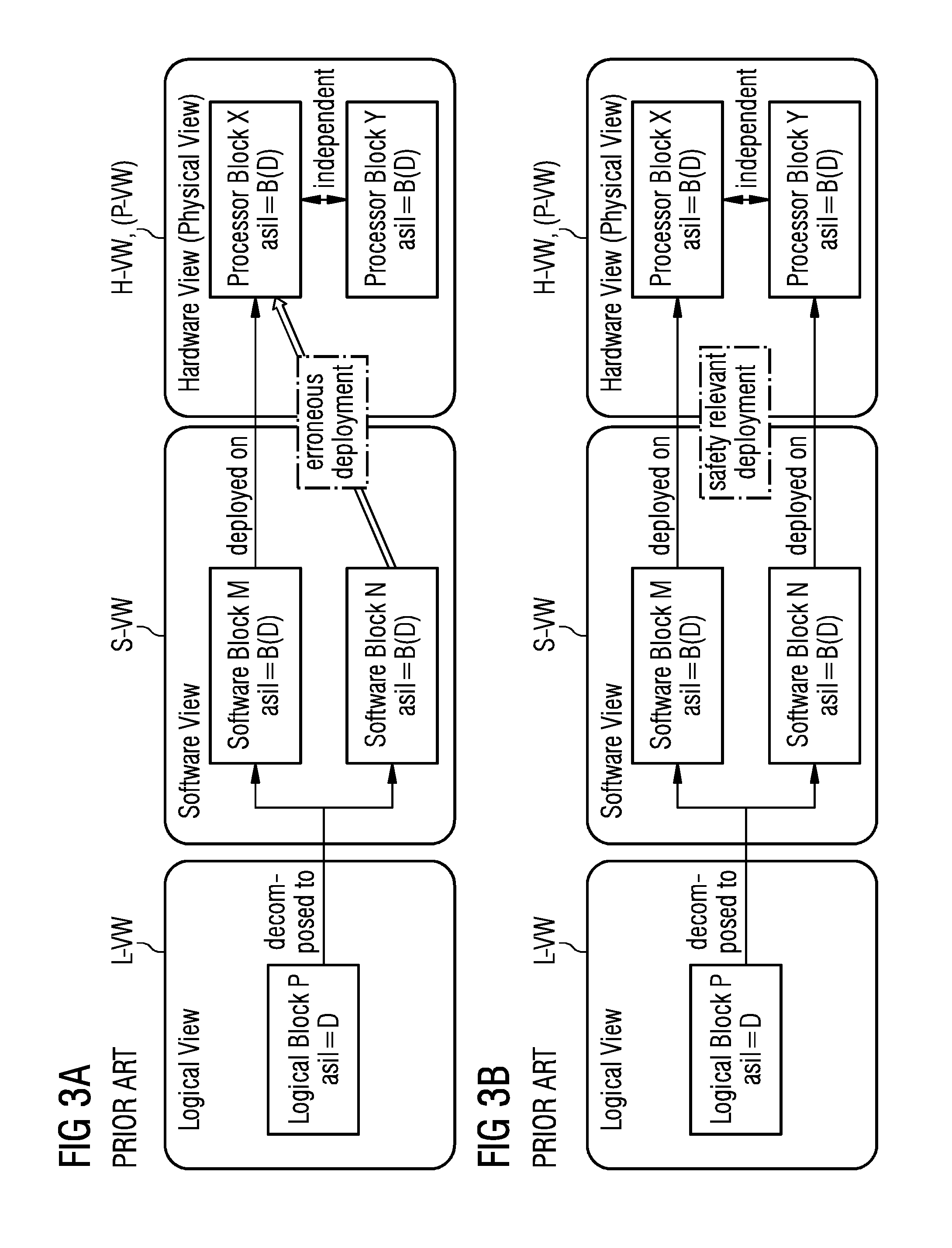Method and Digital Tool for Engineering Software Architectures of Complex Cyber-Physical Systems of Different Technical Domains
a software architecture and technology of cyberphysical systems, applied in digital transmission, data switching networks, instruments, etc., can solve the problems of difficult generalization, affecting the validity of the relations of entities in another view, and not offering support for automatic tracing or checking of multi-view constraints, etc., to achieve efficient implementation, quick focus, and efficient
- Summary
- Abstract
- Description
- Claims
- Application Information
AI Technical Summary
Benefits of technology
Problems solved by technology
Method used
Image
Examples
Embodiment Construction
[0054]FIG. 4 depicts in a principle chart a Digital Tool DT that is interfaced to a user and two External Tools ET, from which may be used a first External Tool ET1 for Bulk Export / Import and a second External Tool ET2 for Interactive Export-Import. The Digital Tool DT may be designed as an “Application Software (APP)” including several “Software Components” and therein embedded various program modules henceforth referred to as “Modules”. The “Application Software” is thereby configured for running on at least one of a computer and a server, whereby the computer may be a desktop PC or “All-in-One” PC, a smart phone, a notebook, a tablet etc. Furthermore the “Application Software” may be stored on a storage media being insertable into the computer or the server or being part of the computer respectively the server. Moreover, the “Application Software” may be down- or uploaded into the computer, respectively the server, or with respect to cloud computing stored on at least one server....
PUM
 Login to View More
Login to View More Abstract
Description
Claims
Application Information
 Login to View More
Login to View More - R&D
- Intellectual Property
- Life Sciences
- Materials
- Tech Scout
- Unparalleled Data Quality
- Higher Quality Content
- 60% Fewer Hallucinations
Browse by: Latest US Patents, China's latest patents, Technical Efficacy Thesaurus, Application Domain, Technology Topic, Popular Technical Reports.
© 2025 PatSnap. All rights reserved.Legal|Privacy policy|Modern Slavery Act Transparency Statement|Sitemap|About US| Contact US: help@patsnap.com



